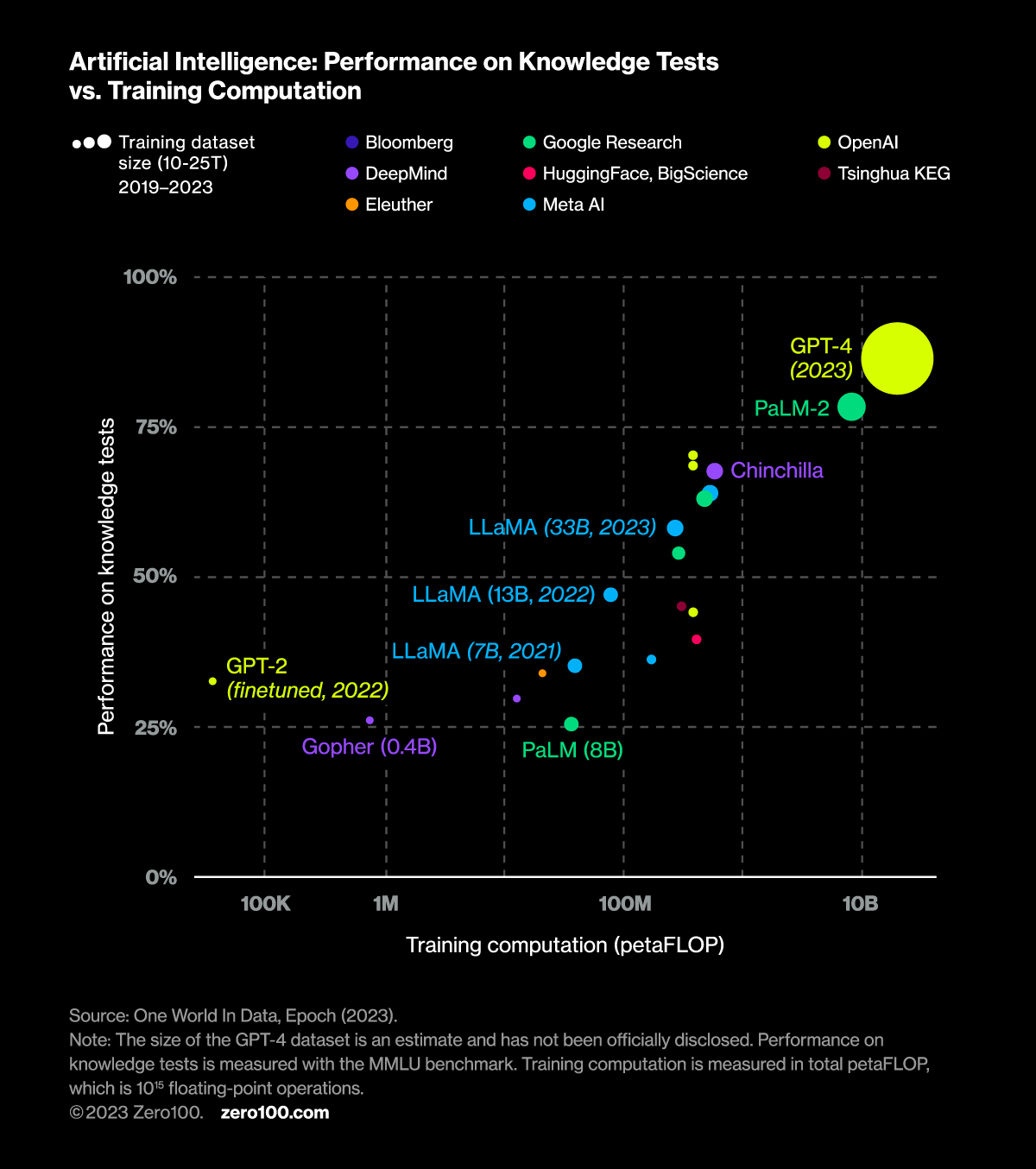
Data Culture: Never Waste a Revolution
Tapping the self-learning power of AI/ML requires vast and varied types of data. The question for many is how to drive the right cultural conditions to ensure the integrity of the inputs. The answer appears to be a mix of business hyperfocus and sharp storytelling.
A recent HBR article by analytics expert Tom Davenport argues for a new management paradigm for data that rejects the notion of explicit data roles in favor of more pervasive culture change, modeled on tech leaders like Amazon, Google, or Alibaba. I agree, but the key is to master the mechanics of that change.
Big Data, Really
In the past three months, I’ve hosted over a dozen independent and group roundtable discussions with supply chain leaders on the impact of AI/ML on planning and adjacent supply chain transformations. Even amongst more advanced users of AI technology, conversations frequently centered around the foundational question of how to secure clean data inputs.
Conventional supply chain optimization models are pre-constrained and therefore simpler: typically, a data scientist and technical modeler will pick from a limited data set to find a best-fit model for questions like how much inventory to place in your local DC. It is fundamentally small data that can be managed by small central teams of data experts.
With AI/ML, the logic is reversed: feed the AI/ML engine with every single possible type of data you can find, and let the machine create a new model on its own. The underlying data ecosystem, therefore, must be big, complex, diffuse, and, by necessity, federated.

The new challenge, then, is about how to keep up with the voracious data appetite of the AI model and ensure data integrity to boot. The new breed of data management tools can help automate ingestion and cleanup, but it’s still up to people to align on the semantics of the business. A CSCO of a leading global fashion brand said, “We have world class systems. But, AI has exposed the fragility of our data management processes. We are in urgent catchup mode.”
Adding to the problem is the rate of change in the data itself. Despite talk of nearshoring and China decoupling, intermediate goods flows are actually increasing from China via ASEAN countries (+80% for electronics) and Eastern Europe (+230% for automotive). New flows, new products, new channel configurations – all require updates to source, product data information, labeling systems, and so on. Accelerating change creates its own data complexity effect.
Shrink the Problem
One important part of the solution is focus. In June we published a Signal underlining the power of picking a distinct, well defined business problem and solving it. Indeed, data masters like Amazon, Walmart, and Unilever bring strong discipline to the task of documenting problem statements, KPIs, and hypotheses, and then aligning key stakeholders to the value of each initiative. These processes, in turn, help neutralize the oft-asked question of, “Why am I working on this data project?” The data is always in the context of value delivered.
The second order question, however, is how to create a sense of urgency and achievability around an otherwise unglamorous and historically time-consuming task. Data management, as stated by one technology leader, “requires thoughtful modular schema design and constant gardening.” How can that mandate be made relevant across cultures?
Rent an AI Revolution
I worked for a decade in supply chain leadership positions at Nike. One of the most important learnings from that experience was the power of internal marketing, of explaining authentically what greater purpose each team member was helping to achieve. This approach was applied to every aspect of the business, whether it was the creation of the next great basketball shoe, revolutionizing manufacturing, or driving a global planning transformation.
The opportunity in data management may be to leverage the best of tech and consumer thinking to harness the AI wave as a driver of excellence. Consider just a few examples:
- Microsoft’s hardware division leveraged the 2018-2019 US-China trade war and subsequent global pandemic to de-risk supply decisions, using AI/ML to increase data accuracy in its supply chain from 25% to 99.5%.
- Consumer goods leader Danone opened an analytics bar to market data-driven thinking and the opportunities for impact in a culturally accessible way. Subsequent AI-led transformation programs caused a 20%+ gain in forecast accuracy and comparable in-stock improvements.
- Furniture retailer IKEA leveraged the AI-enabled platform of circular logistics partner Optoro as a purpose-led call to action to clean its underlying excess inventory data. The result? A 90% reduction in excess destruction and waste to landfill.
Behind each of these examples is a rigor around the technical and process fundamentals – modular data architectures, clear rules on data flows, explicit data health metrics, and problem statements tied to measurable value. Some leaders are also beginning to leverage AI to help with the process of data provisioning and cleanup itself.
But the other essential ingredient comes from the right-brain side of the management toolkit: skillful, authentic, and timely marketing to one’s own teams.
The AI revolution may offer just such a storytelling moment for us all. Let’s seize it.